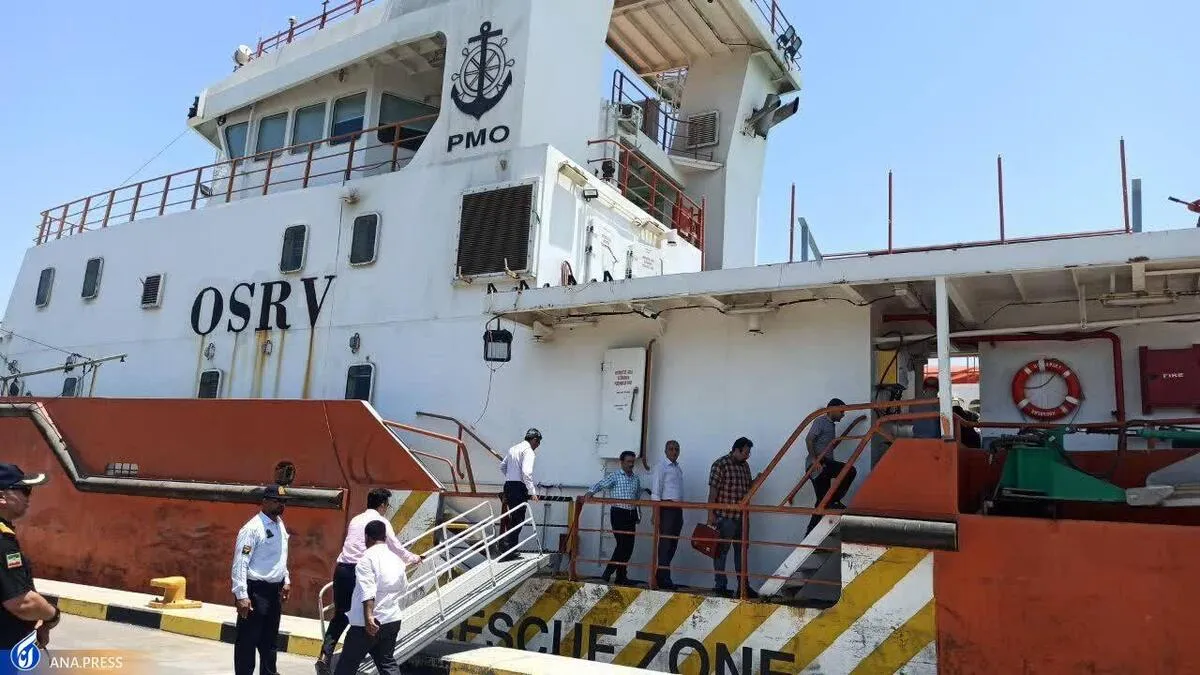Iranian Vessel Cleans Up Seas with 550 Cubic Meters Capacity

“The vessel has a high capacity to carry out sea cleanup operations by collecting 550 cubic meters of oil pollution,” Captain Mahyar Moradian, a graduate of Islamic Azad University’s Kharg branch and the commander of Darya Pak vessel, told ANA.
He added that Darya Pak OSRV is an anti-pollution vessel sent to the sea for emergency situations of pollution caused by oil platforms and oil tankers, noting that the vessel enjoys all equipment needed to carry out rescue missions, deal with pollution and collect pollution and reduce it, which in addition to maintaining the health of the water and ecosystem, helps to prevent oil platform fires and save people.
“All the anti-pollution equipment of this vessel has received the necessary licenses from the international conventions, and fortunately, all the ship's employees are young, talented and educated in the country's universities,” Captain Moradian said.
He stated that the initial design of Darya Pak vessel was carried out first by a Norwegian company and then its construction was entrusted to the Iranian companies, adding that due to sanctions, this cooperation ended, and after a few years, the vessel was completed and put into operation with more up-to-date know-how of the Iranian engineers.
Earlier this year, Researchers at one of the Iranian nanotechnology companies had presented a system to manage ballast water of the ships, which can prevent the pollution of the ballast water from entering the marine environment.
Ballast water is the sea water taken into the ballast tanks of the ship to maintain ship's stability. Larger ships need more stability and ballast water tanks.
Engineer Hosseini, the managing director of an Iranian technical company pointed to a ballast water management system (BWMS) as one of the knowledge-based products of their company and said, “In order to transport goods such as oil, minerals and other shipments, ships need to use several systems to maintain their stability and maneuverability during the long journey, and one of these systems is BWMS, based on which the ships in both states of without carrying a cargo or unloading part of the cargo in the port adjust the ballast water for an effective and safe operation.”
He considered the ballast water to be the water that is collected in order to control the pressures on a ship and its stability, adding, “The ballast water contains various biological species and organisms of bacteria, viruses, plants and coastal organisms that are generally transported by ships over long distances. They are transported and when they are discharged, they introduce hostile species into the new ecosystem. This water can lead to water pollution.”
4155/v





















